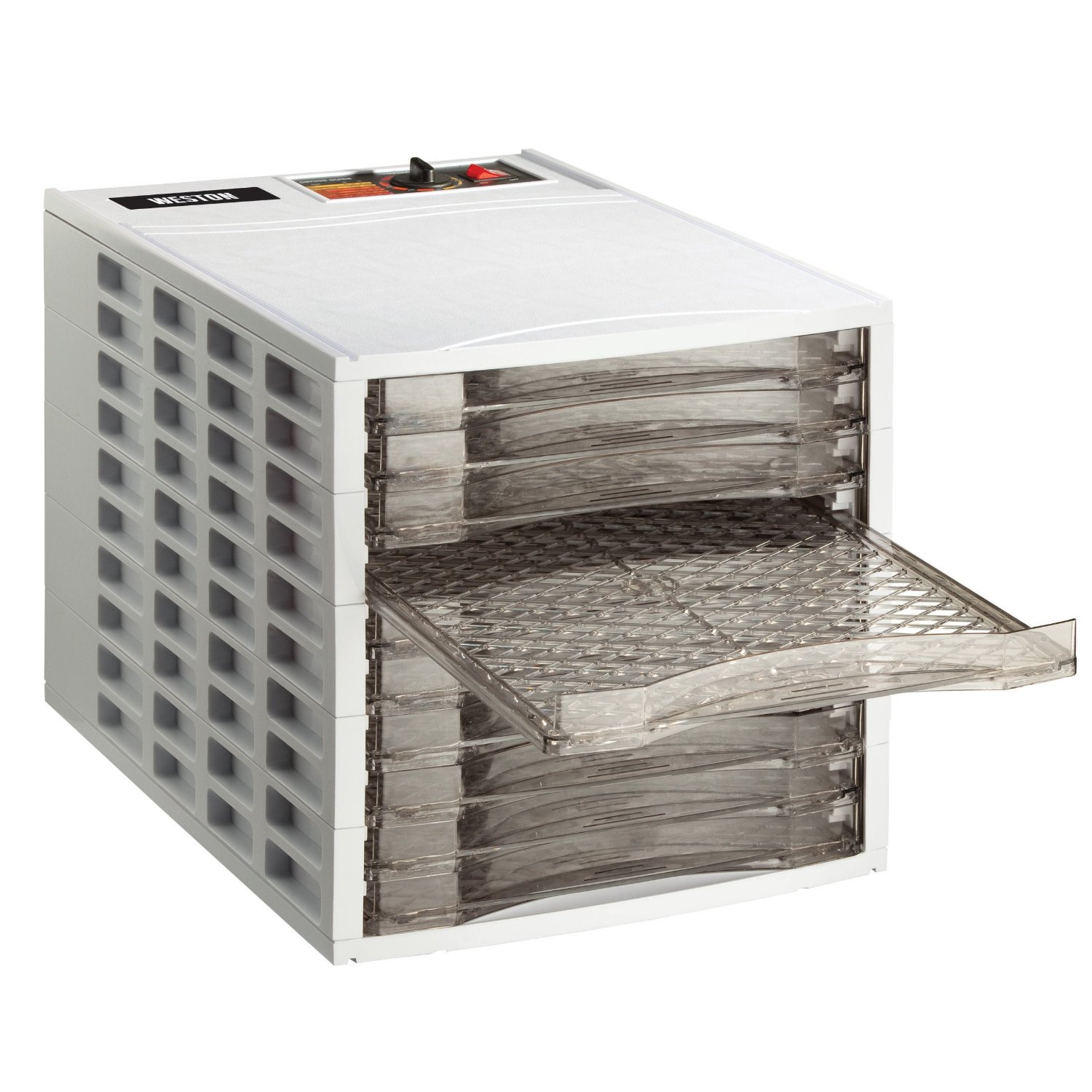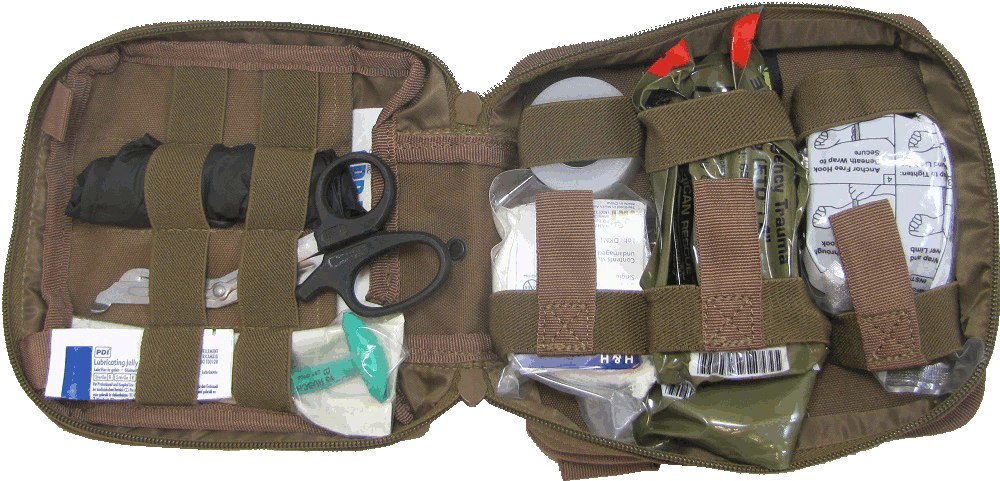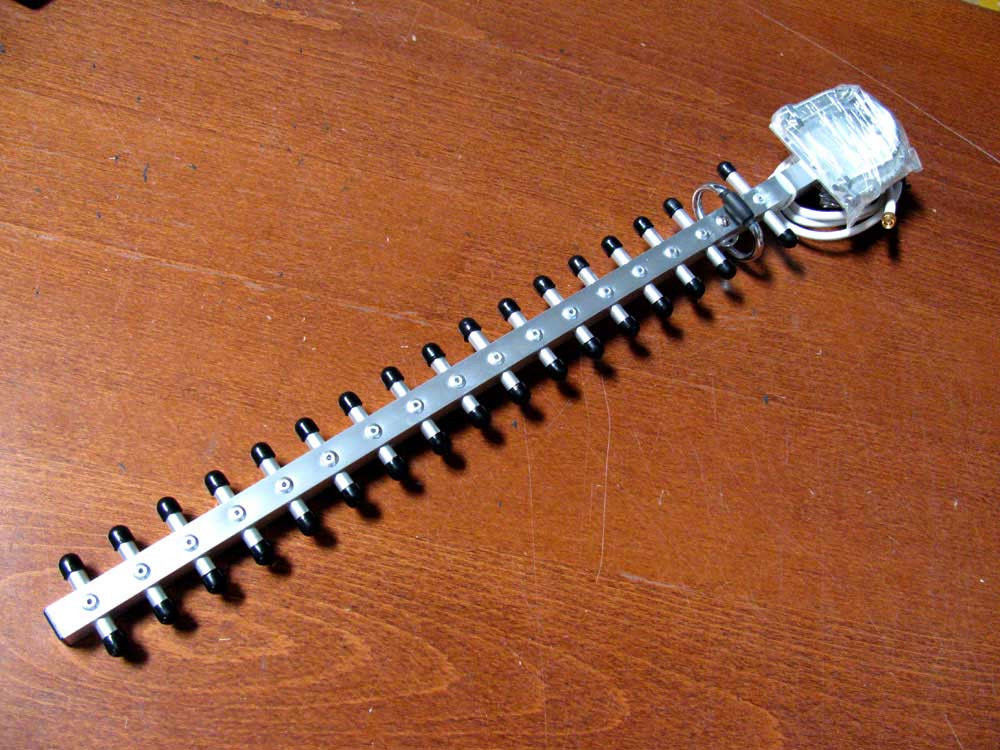More Letters Re: Paper Maps
Hugh, Hunting and sport shops also sell detailed map books for many states. These maps are designed for hunters and show roads, in great detail, that are often not shown on typical road maps. – M.J. o o o Hugh, A recent reader post mentioned cleanroom paper, pointing out that it is very strong and durable. DuPont Tyvek was originally created as paper for cleanroom use because it does not shed fibers like pulp-made paper does. It was later discovered to be quite useful as air barrier house wrap; Dupont’s patent has expired, so a number of competitors are manufacturing …








